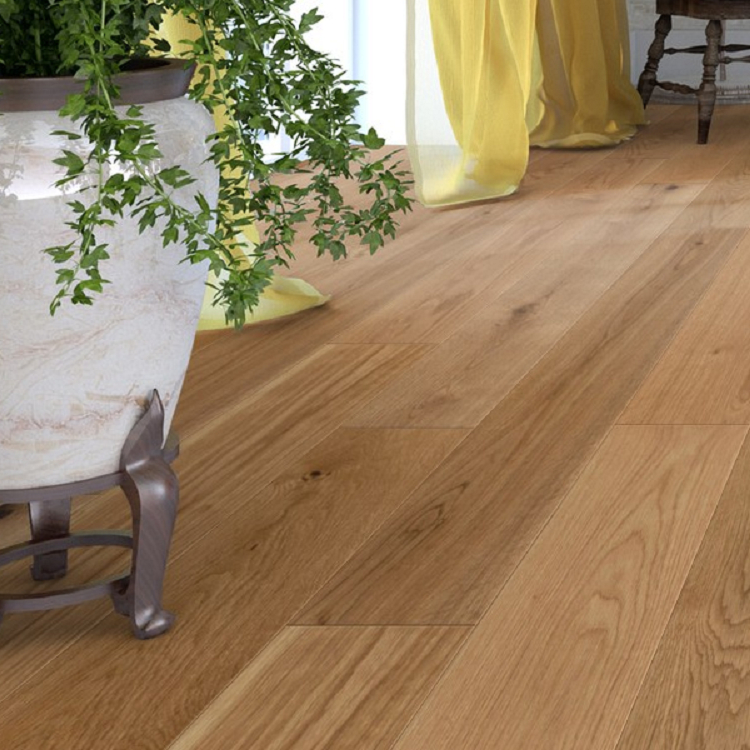Investing in new hardwood flooring is a significant decision for any homeowner. It not only enhances the aesthetics of a space but also adds value to the property. With numerous options available, it’s essential to navigate the buying process carefully. In this article, we will discuss the do’s and don’ts of purchasing new hardwood flooring, ensuring you make an informed decision that suits your style, budget, and lifestyle.
I. Research and Planning
Before diving into the world of hardwood flooring, it’s crucial to conduct thorough research and create a detailed plan. By doing so, you’ll be better equipped to make an educated decision that aligns with your preferences and requirements.
II. Do Consider Wood Flooring
Wood flooring is a classic choice that offers timeless elegance to any home. It brings warmth, natural beauty, and a sense of luxury to your space. Whether you opt for solid oak flooring or other such options it is versatile, durable, and can be refinished multiple times, extending its lifespan.
III. Don’t Overlook Engineered Oak Flooring
Engineered oak flooring, a popular alternative to solid oak flooring, is designed with a top layer of real wood and multiple layers of high-quality plywood. This construction makes it more resistant to moisture and temperature changes, making it suitable for areas prone to humidity or below-grade installations.
IV. Do Explore the Beauty of Oak Herringbone Flooring
For those seeking a flooring option that adds character and sophistication, oak herringbone flooring is an excellent choice. The distinctive pattern creates a visual impact, making it ideal for entryways, living rooms, or dining areas. This flooring exudes elegance and complements various interior styles, from traditional to contemporary.
V. Benefits of Solid Oak Flooring
If you prioritize authenticity and longevity, solid oak flooring should be on your radar. Solid oak planks are made from a single piece of timber, providing exceptional strength and durability. This type of flooring can be sanded and refinished numerous times, ensuring it retains its beauty for years to come. While this flooring may require more maintenance, the results are well worth the effort.
VI. Do Set a Realistic Budget
Setting a realistic budget is crucial when buying new hardwood flooring. Consider the cost of the flooring material, installation, and any additional expenses like underlayment or trim. Research the market to get an idea of the price range for the type of flooring you desire. Remember, quality flooring is an investment, and spending a little more upfront can lead to long-term satisfaction.
VII. Don’t Compromise on Quality
When it comes to hardwood flooring, compromising on quality can have long-term consequences. Poor-quality flooring may wear out quickly, warp, or show signs of damage. Ensure you purchase from reputable suppliers and manufacturers, and opt for products with warranties to safeguard your investment. Prioritize quality and durability to avoid headaches and additional expenses down the line.
VIII. Do Consider Professional Installation
While some homeowners opt for DIY installations to save costs, hiring professionals for hardwood flooring installation is highly recommended. Professionals have the expertise, tools, and experience to ensure a seamless installation, minimizing the risk of mistakes or damage. Proper installation enhances the longevity and appearance of your new flooring, providing peace of mind.
IX. Do Prioritize Flooring that Fits Your Lifestyle
Consider your lifestyle and the specific needs of the room when selecting hardwood flooring. For high-traffic areas, choose a harder wood species like oak that can better withstand wear and tear. If you have pets or young children, opt for a finish that is more resistant to scratches and stains. By selecting flooring that aligns with your lifestyle, you can ensure its longevity and maintain its appearance for years to come.
X. Don’t Rush the Decision
Buying hardwood flooring is a significant investment, so take your time and avoid rushing the decision. Visit multiple showrooms, compare different options, and request samples to see how the flooring looks in your space. Consider factors such as colour, grain pattern, texture, and finish. Taking the time to evaluate and envision the flooring in your home will help you make a choice you’ll be satisfied with for years to come.
Summing Up
Buying new hardwood flooring involves careful consideration of various factors to ensure a successful and satisfying purchase. Whether you opt for wood flooring, engineered oak flooring, or any other flooring of that sort, remember to conduct thorough research, set a realistic budget, prioritize quality, and consider your lifestyle and maintenance requirements. By following these do’s and don’ts, you’ll be well-equipped to select the perfect hardwood flooring that adds beauty, value, and durability to your home for years to come.





